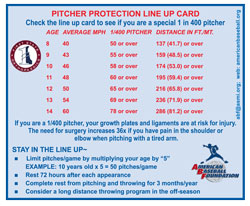The American Baseball Foundation Inc. specializes in injury prevention related to youth baseball pitching. ABF instruction is based on research undertaken at the American Sports Medicine Institute in Birmingham that has defined the pitching motion and suggested mechanical flaws that might contribute to potential injuries.
For mechanical analysis/lessons related to pitching, contact the ABF at abf@asmi.org
Once mechanical flaws are detected, the ABF suggests drills designed to correct the flaws.
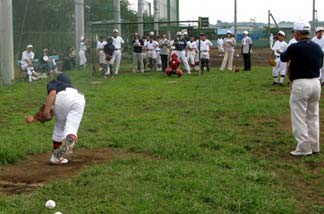
Under the direction of ABF board member Michael J. Axe M.D. and in conjunction with the University of Delaware and the First State Orthopaedics, the American Baseball Foundation is conducting a research study related to youth pitchers.
The purpose of the study is to compare data related to throwing distances and pitch speed for youth and adolescent pitchers between the ages of 8 and 14 to data derived from research in the United States.
It is hypothesized that certain youth pitchers who display speeds and distances well beyond the norm for the player’s chronological age might be considered for special treatment related to their pitching use on competitive teams. Up to this point there exists only data related to players who were born and who play in the United States. The ABF collects data internationally so that comparison studies may be undertaken.

Data Collection
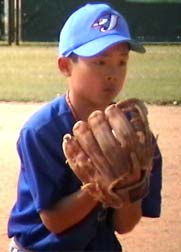
Data is collected from subjects ages 8 to 14 years of age. Preferred subjects are those who have had experience pitching. In the case of players 8 years of age who have had no prior pitching experience, any player who has played the sport is eligible. Subjects are tested in two areas:
- Throwing a baseball for distance. Subject is allowed a three-step crow hop—glove side foot, throwing side foot and glove side foot. The last step should land on or before the measuring line. Subjects are given 4 throws and the distance is measured for each one.
- Pitching a baseball to home plate from a mound. Subject is allowed to pitch five pitches to a catcher situated at home plate. The subject may use any pitching delivery form that he/she commonly uses in games. Each pitch is measured by a Jugs radar gun for its velocity leaving the hand of the pitcher.
Measurements are recorded. Subjects’ pitches are recorded from the normal distances and mound heights used in their competitive games.
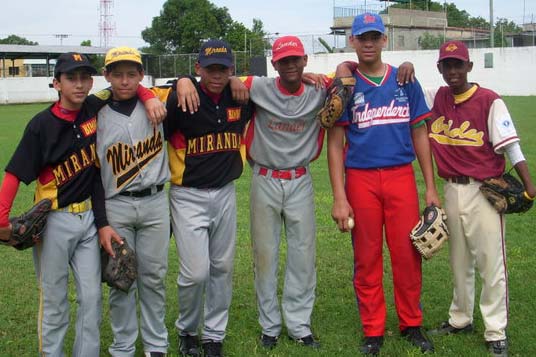
All data is sent to the central agency that compiles it and begins the comparison studies. Results will be shared with each participating country.
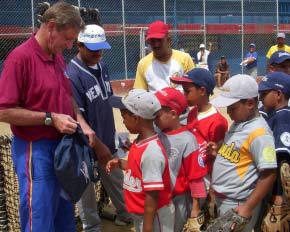



Pitching Research Summary
The ABF research has produced a magnet in both English and Spanish that lists average speeds for pitchers 8 to 14 years of age. Families can compare the pitch speed of their children to the average and to the world norm for elite pitchers whose speeds far exceed the average. The elite group is composed of pitchers whose velocity makes them 1/400. Also the ABF suggests protection parameters for the elite pitcher as well as those who pitch at the average.

